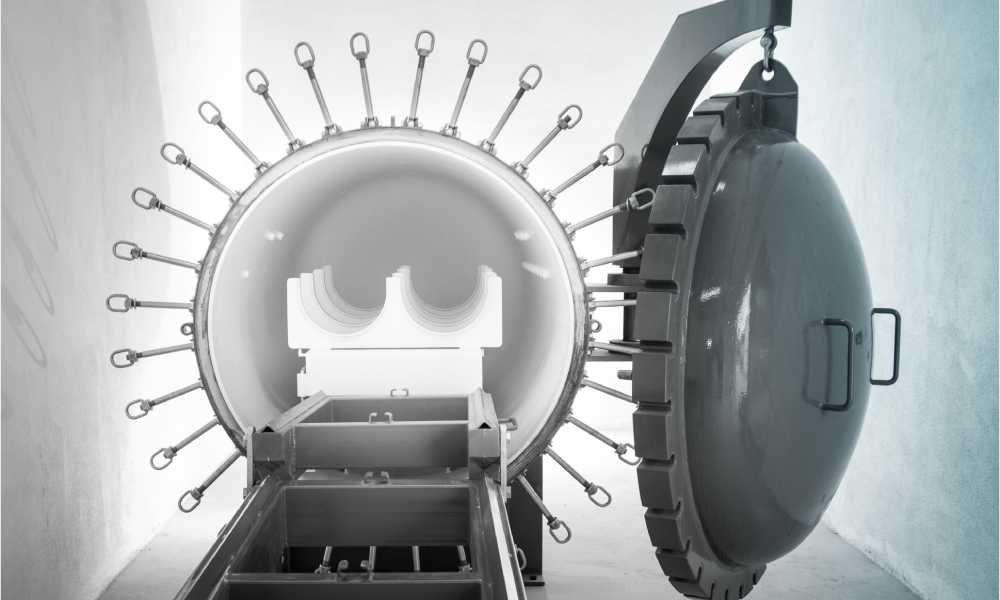Demand for energy is still increasing worldwide, but the energy mix is changing. It is clear that natural gas and renewable energy sources will play a major role in meeting our future energy demands. Many countries have set challenging targets, such as Germany’s target of 80% renewable energy by 2030. Reducing the financial cost of energy, as well as its environmental cost, is also a goal.
In this scenario, interest in hydrogen is quickly growing. Hydrogen is an infinitely available energy source with high energy efficiency and low environmental impact. In some countries, for example Australia, hydrogen has been identified to soak up excess renewable energy production. This will increase the availability of hydrogen for massive storage and electricity conversion, opening up new possibilities in energy management and green vehicle transportation systems. Japan is also investing significantly in hydrogen mobility.

Electric mobility – covering ships, trains, trucks, buses and in particular cars – is the driving force behind developments in battery and hydrogen fuel cell technologies. Thanks to their soft social impact, battery-powered electric vehicles are close to achieving widespread use. Developments in battery technologies have been huge, with significant improvements in capacity (to improve distance ranges), weight and recharge times. New concept cars are now hybrid or fully electric using battery stacks, with major car brands moving toward 100% electric vehicle production. Cost, range, recharge times and pollution are still issues with battery-powered vehicles, however.
Hydrogen-based systems, on the other hand, produce little or no local emissions, have longer ranges and take just a few minutes to refuel. Hydrogen has the potential to drive a new generation of green mobility. To achieve this, we need to improve devices and systems and integrate hydrogen into transportation infrastructure. With high pressures up to 700 bar, safe hydrogen storage is a crucial issue for ships, trains, trucks, buses and cars. Developing reliable and safe hydrogen vessels that can be produced on a large scale is a major challenge we face.
When technical challenges stand in the way of real needs and solid demand, innovation is the answer. We need to develop new materials and new concept vehicles that are light, safe and high-performance. Standards and testing procedures to validate materials and technologies must be defined before we can bring hydrogen mobility or storage systems to market. With this new energy scenario in mind, RINA has built a new high-tech lab focused on the characterisation of material properties in the hydrogen environment. While RINA experts test and assess products and prototypes in real-life scenarios using state-of-the-art equipment, RINA representatives are involved in European-wide renewable energy management and hydrogen-related projects. Through innovation and expertise, we look forward to helping shape our future, greener, energy mix.